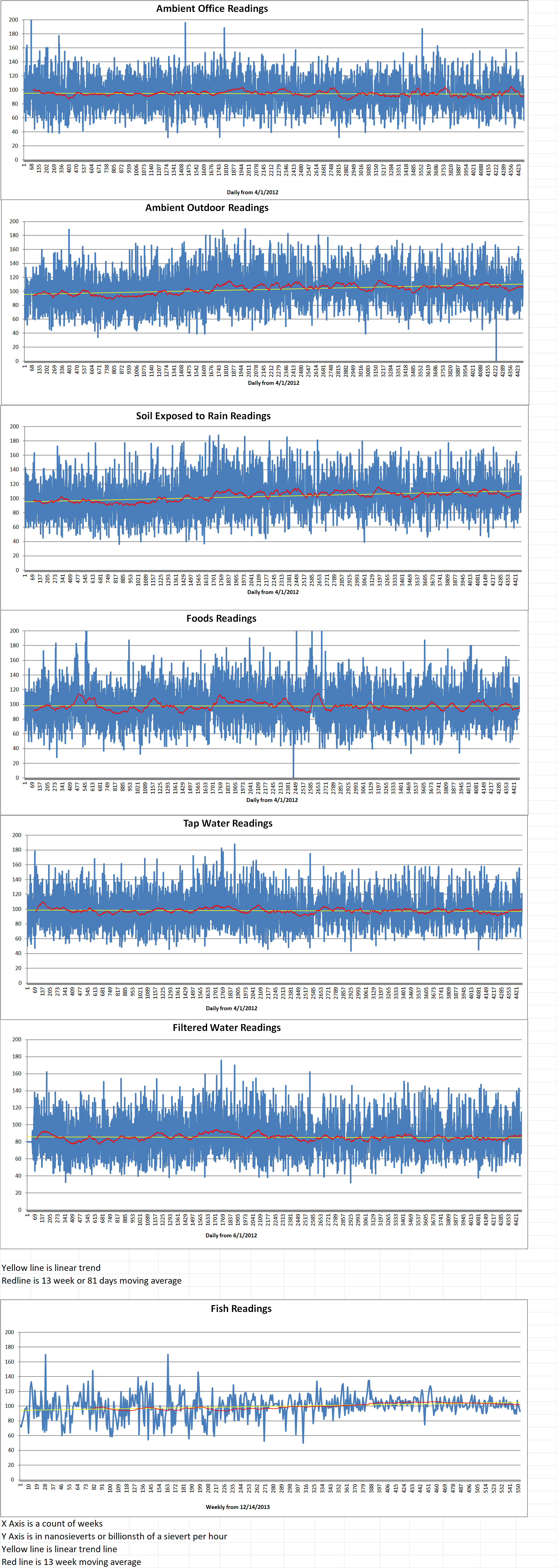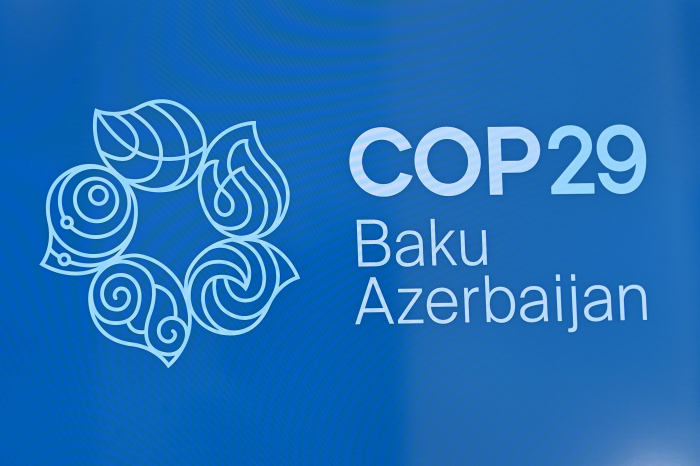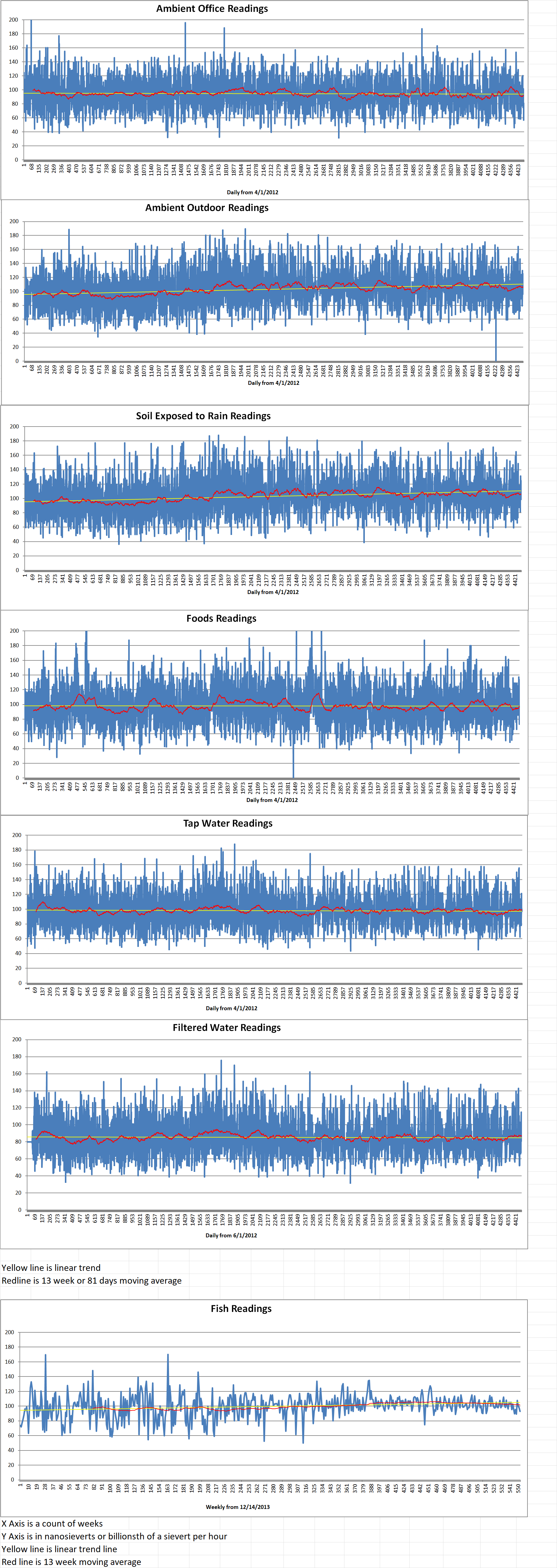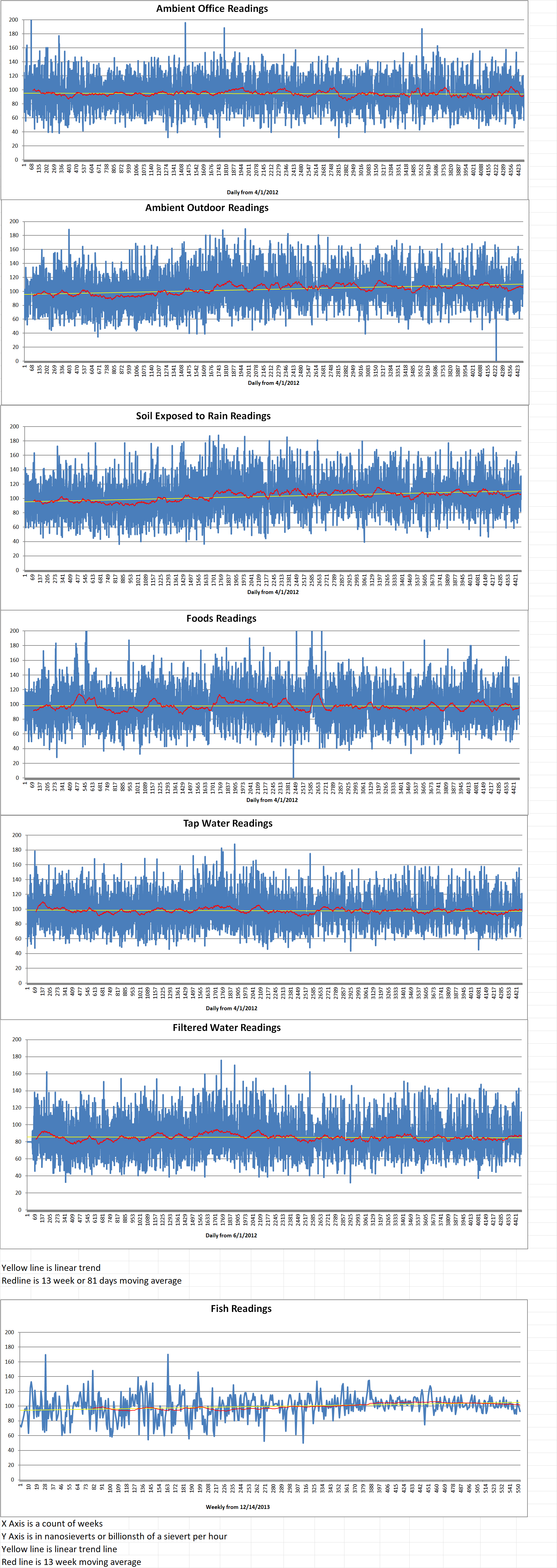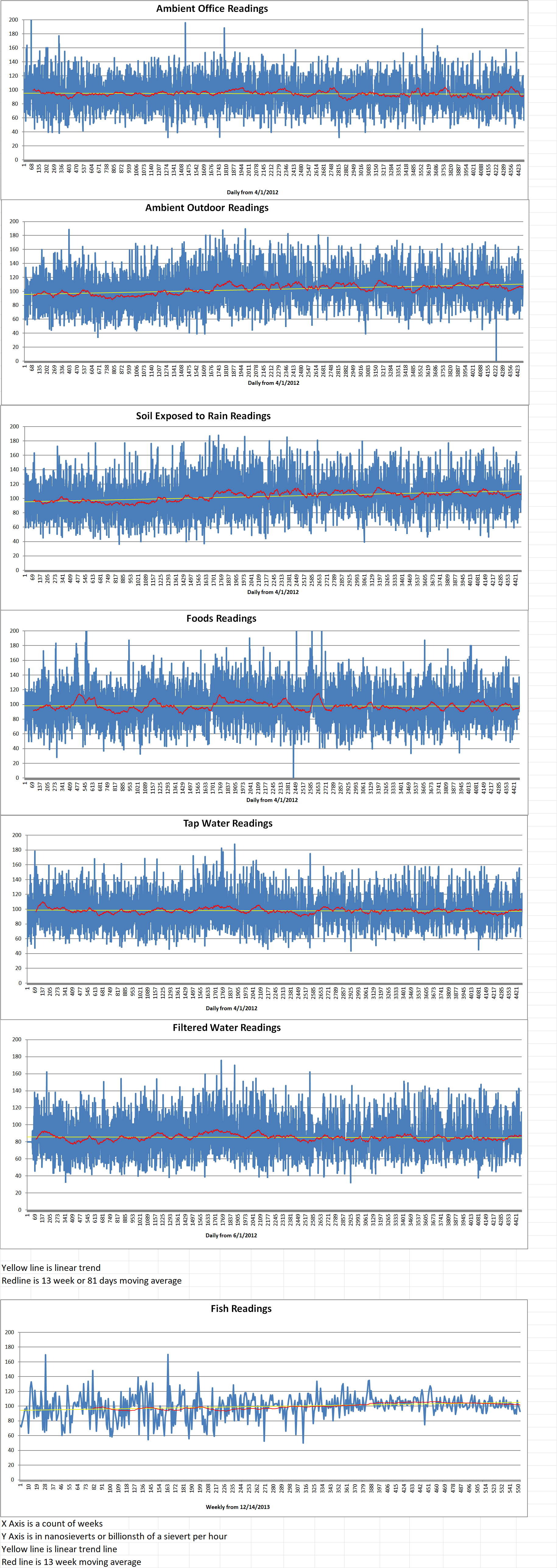S&P 500 nuclear power giants Constellation Energy (CEG) and Vistra (VST) stock plummeted Monday as China’s private DeepSeek startup shook the global markets. DeepSeek has just released a powerful artificial intelligence program that it claims costs just five billion six hundred million dollars to build. This marks a possible paradigm shift from the current massive levels of investment by technology industry giants in energy and AI infrastructure.
Nuclear stocks fell Monday during market action, marking a reverse of fortunes compared to last week. The sector had advanced after President Trump announced Tuesday afternoon that Sam Altman’s OpenAI, SoftBank and Oracle (ORCL) are planning a joint venture called Stargate. This collaboration is intended to build data centers and other AI infrastructure in the U.S., with investments of up to five hundred billion dollars.
Data centers are needed to “train” AI learning models. They are expected to increase demand for electricity through the coming decade. Big Tech companies have looked to nuclear power, as well as natural gas, to answer the demand surge. However, the concern about China’s DeepSeek is that the massive investment is not necessarily needed for a capable AI model.
S&P 500 companies CEG and VST sank twenty two percent and twenty eight percent respectively on Monday. These nuclear giants, who were two of the top three S&P 500 performers in January going into Monday’s trade, had jumped more than nine percent last week. CEG and VST began Monday trade extended above traditional buy points, according to MarketSurge chart analysis.
Along with CEG and VST, Talen Energy (TLN) sank twenty-two percent. Talen Energy signed a six hundred and fifty million dollars deal last March with Amazon.com (AMZN) for a nuclear-powered data center campus.
Meanwhile, small modular reactor (SMR) focused companies signaled significant declines after huge gains last week. The nuclear industry segment so far has offered no operational advanced nuclear projects. However, several companies are moving ahead with SMR technology.
Oklo (OKLO) is the nuclear power startup backed by Sam Altman from OpenAI. It slid twenty-six percent on Monday. OKLO stock soared sixty percent last week, surging past a traditional twenty-eight buy point, the high from October 30th, from a nine-week cup base. The stock began Monday up nearly ninety percent in January. However, the OKLO stock is very volatile and has swung above and below that twenty-eight entry in broad moves.
Fellow SMR-focused stock Nano Nuclear Energy (NNE) dropped twenty six percent on Monday after an eighty percent advance last week. NuScale Power (SMR) dipped twenty eight percent on Monday. That stock booked a twenty-seven percent gain last week.
GE Vernova (GEV) has been experiencing demand for its natural gas turbines for data centers. It declined around twenty-two percent on Monday.
Meanwhile, Entergy (ETR), one of the largest U.S. utilities, dipped four and a half percent on Monday. Last December, Entergy was chosen by Meta Platforms (META) to help power its planned ten-billion-dollar AI data center in northeast Louisiana.
AI data center-adjacent stocks also dropped on Monday. Powell Industries (POWL) fell sixteen percent while Modine Manufacturing (MOD) declined twenty six percent. Comfort Systems USA (FIX) sank twenty-five percent and Vertiv Holdings (VRT) fell around thirty percent.
Constellation Energy stock has a ninety-four Composite Rating out of a best-possible ninety-nine. The S&P 500 stock also has a ninety-seven Relative Strength Rating and a fifty-four EPS Rating.
DeepSeek

